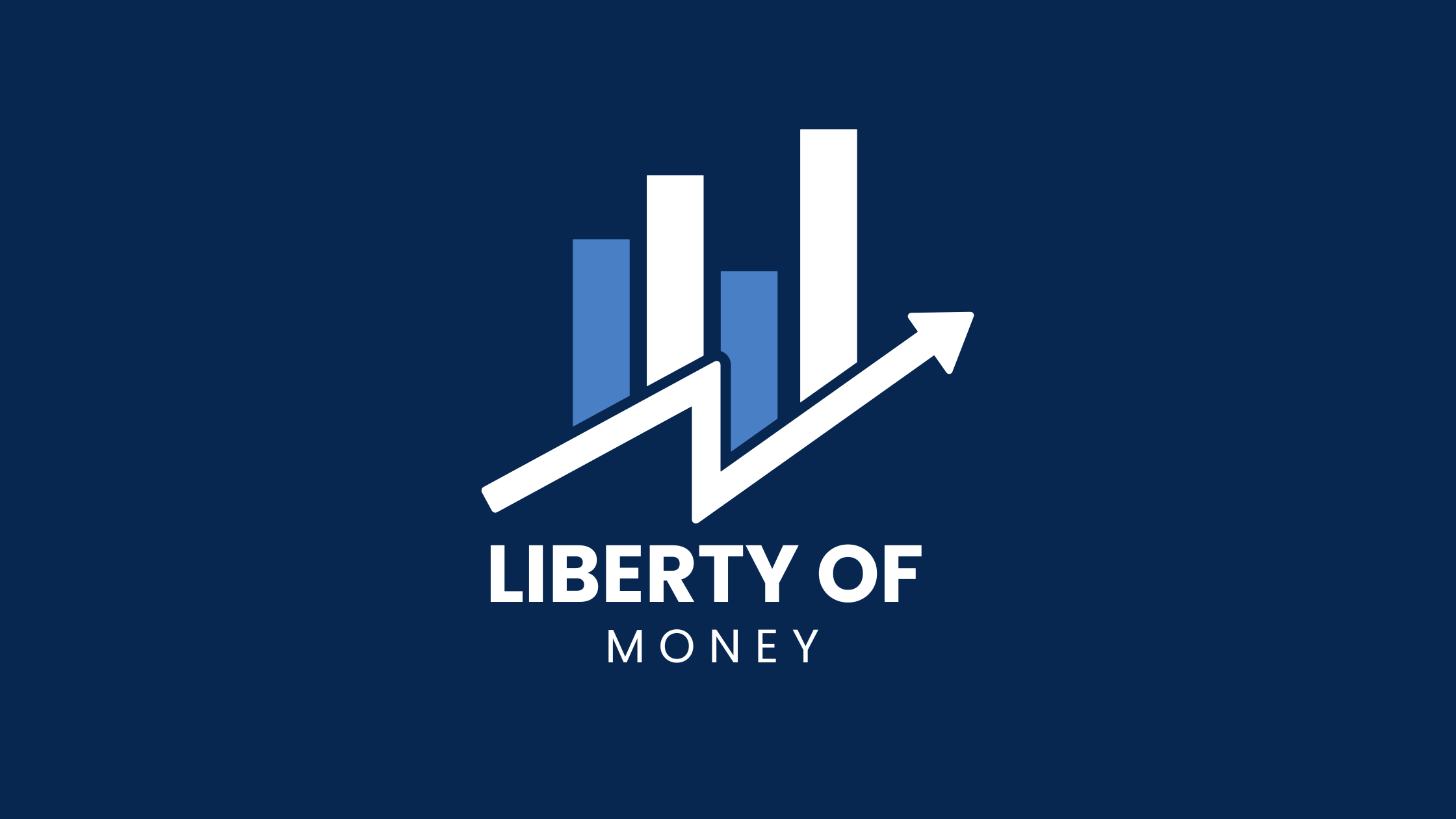Germany at a Crossroads
Germany, the powerhouse of the European Union, is facing an economic slowdown that has sent shockwaves through the region. A recent contraction in GDP, paired with shifting fiscal policy, is raising serious questions about the stability of the eurozone and the path forward.
In this article, we’ll break down the causes of Germany’s economic contraction, the government’s fiscal response, and what this means for investors, policymakers, and everyday Europeans.
Quick Take: Germany’s GDP shrank in the last quarter of 2024 amid weak industrial output, tight monetary policy, and geopolitical tensions impacting exports
What’s Behind Germany’s Economic Contraction?
Several key factors have contributed to the recent contraction:
1. Weak Manufacturing and Export Demand
Germany’s economy heavily relies on its manufacturing sector. Global demand, especially from China and the U.S., has declined, causing a ripple effect in industrial production.
2. High Energy Prices
Following energy supply shocks and reduced dependency on Russian gas, German industries are struggling with increased operational costs.
3. Tight Monetary Policy
The European Central Bank’s interest rate hikes aimed at controlling inflation have also dampened consumer spending and business investment.
4. Persistent Inflation
Although inflation has moderated, it remains above the ECB’s 2% target, reducing household purchasing power.
Germany’s Shifting Fiscal Policy
In response, the German government is pivoting its traditionally conservative fiscal stance. Here’s how:
➤ Targeted Stimulus Measures
Berlin is considering targeted support for key industries, including green tech and AI, to foster innovation and job creation.
➤ Relaxing the “Debt Brake” Rule
Germany’s constitutional “Schuldenbremse” (debt brake), which limits public borrowing, is under pressure. Policymakers are debating more flexibility to allow strategic investments.
➤ Boosting Social Spending
To counter economic pain and gain political support, the government is expanding social welfare and subsidies, especially for low-income households and pensioners.
What This Means for the EU and Global Markets
Germany’s downturn has ripple effects across Europe and beyond:
- Slower EU Growth: As Germany contributes nearly 25% of the EU’s GDP, its contraction may weaken broader eurozone performance.
- Pressure on ECB Policy: A struggling German economy could influence the ECB to reconsider its tightening stance.
- Safe Haven Assets Rise: Global investors may pivot toward gold, U.S. Treasuries, or the Swiss franc as uncertainty grows.
Investment Insights: Navigating the German Slowdown
For investors and analysts, here’s what to watch:
✅ Opportunities:
- German green energy and infrastructure projects
- Undervalued European equities
- Long-term EU-focused ETFs
🚫 Risks:
- Weak consumer sectors in Germany
- Export-heavy companies sensitive to global demand
- Volatile bond markets amid fiscal policy shifts
An Economy in Transition
Germany’s economic contraction signals more than just a dip in GDP—it highlights structural challenges and the need for policy evolution. While the short-term outlook remains cautious, strategic reforms and fiscal flexibility could lay the foundation for a more resilient future.
Whether you’re an investor, policymaker, or simply an informed citizen, understanding these shifts is key to navigating a rapidly changing global economy.




